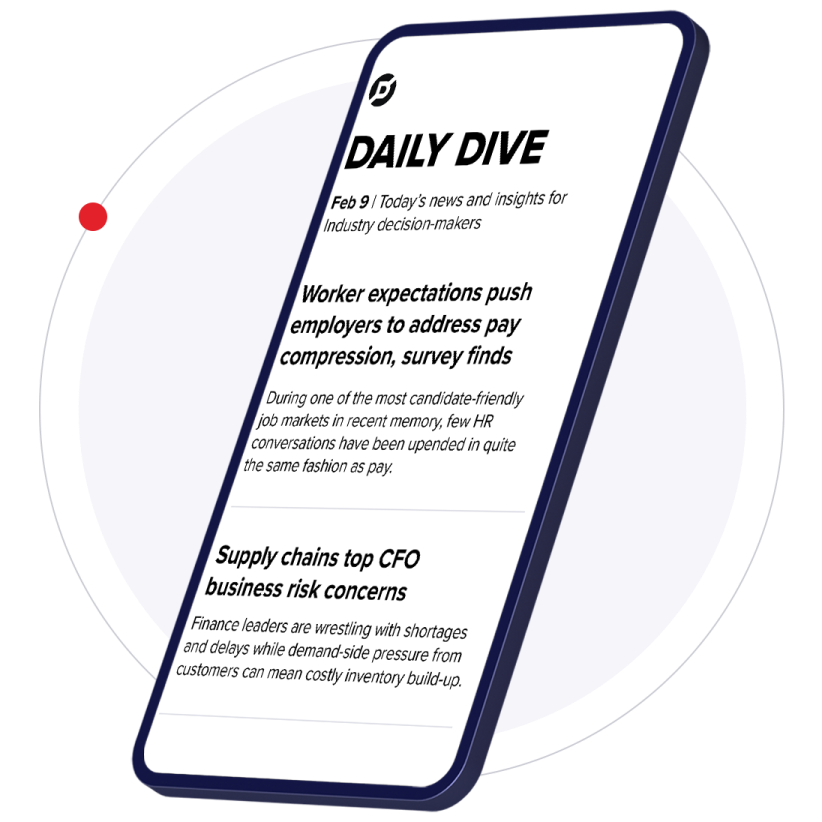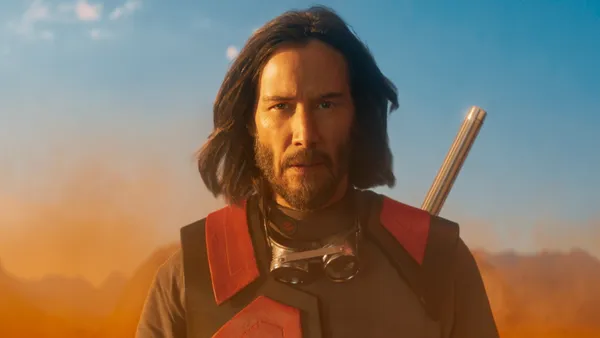Campaign Trail is our analysis of some of the best new creative efforts from the marketing world. View past columns in the archives here.
For decades, “do it yourself” has been adopted by a wide range of people, whether around home improvement, underground punk or hacker-inspired maker culture, and has become even more ubiquitous in the era of YouTube tutorials and TikTok tips.
Kayak is swimming against that current in its latest campaign, which has the simple, straightforward title, “Don’t Do It Yourself.” A trio of ads focus on absurd scenarios that demonstrate the limits of DIY endeavors, from a man who fishes by hand in a mall fountain to a woman who stuffs her clothes with hay, props herself up on a post and acts as her own scarecrow.
For the travel search engine and its creative agency, Supernatural, the campaign serves as an opportunity to remind consumers that they don't have to use hundreds of separate travel sites when planning and booking travel — a value proposition that remains at the center of its marketing.
“Kayak is a little bit different than some of our other clients in that strategy never changes,” said Supernatural co-founder Paul Caiozzo. “We've moved the audience and we've talked to different people, we've changed the style of comedy, we change the insight every new campaign, but that core strategy remains the same.”
The humor of the campaign is at its weirdest in perhaps the most off-putting on the spots, in which a man lies supine on the floor, vacuuming popcorn — and more — by mouth, proclaiming, "No machine is better than me." That dialogue actually speaks to the insight around the campaign: consumers are still searching more than a dozen travel sites before they book, despite Kayak being a market leader since its founding in 2004.
“What people are doing is they're searching Kayak, and then they're individually going to all the sites Kayak has already searched," Caiozzo said. “We're just trying to communicate to people to stop trying to do it themselves. They don't have to — the computer is infallible.”
Despite the outsized scenarios in the campaign's ads, the intention wasn't humor for humor's sake, but for consumers to see themselves and their own (perhaps unnecessary) DIY obsessions. But the relationship between Supernatural and Kayak allows for creative infused with weird humor and off-center tones that might not work for all brands.
“We aren't fighting them on creating attention-getting work,” the executive said. “They come to the table with that, and they know the process. They push us, we push ourselves and we'll do 50, 60, 70 scripts to get to that one.”
AI is a tool — not magic
Along with its creative know-how, Supernatural uses an artificial intelligence (AI) platform, Merlyn, to glean insights from its own consumer data when formulating campaigns. For “Don’t Do It Yourself,” AI was used nearly every step of the way, to gather insights about the audience and category and to generate images during the creative process. Because the campaign had so many scripts, Supernatural built a storyboard machine that generated fully fleshed-out storyboards based on scripts.
But despite how ingrained AI is into Supernatural's process, Caiozzo believes the technology should be "completely invisible" and downplays the game-changing abilities that have come amid hype around generative AI.
“Is [our use of AI] going to change the world? Is that going to bring clients to us? No, I don't think so,” the executive said. “But it's been amazing to visualize scripts and to see what things are going to be without having to hire a storyboard artist… I don't think that means that it's the elimination of people in the process. AI is not magic — it's just people using different tools.”
Despite the use of cutting-edge AI technology, the biggest factor behind the creation of the “Don’t Do It Yourself” campaign was having a team, from client to agency to editor to colorists to sound mixers, that has worked on Kayak ads together for years.
“That makes just as much a difference in creative, if not more, than blistering new technology, which is also helping for sure,” Caiozzo said. “Everyone's rushing to see how soon AI can replace all of us, but I would put just as much emphasis on a tight team who trust each other and have a lot of experience together as I would this technology.”















